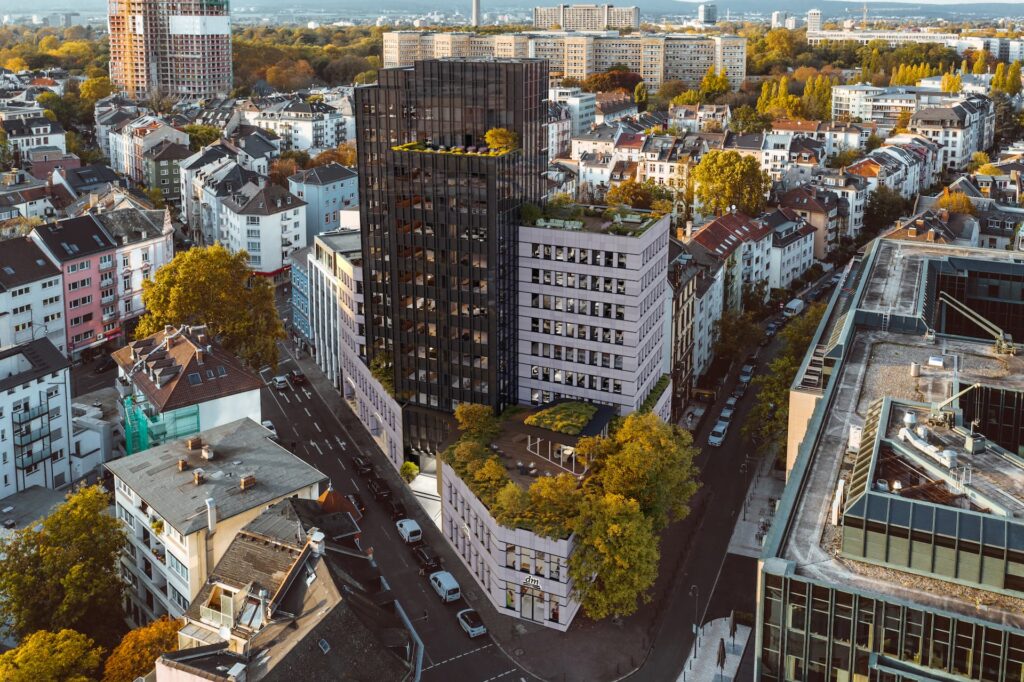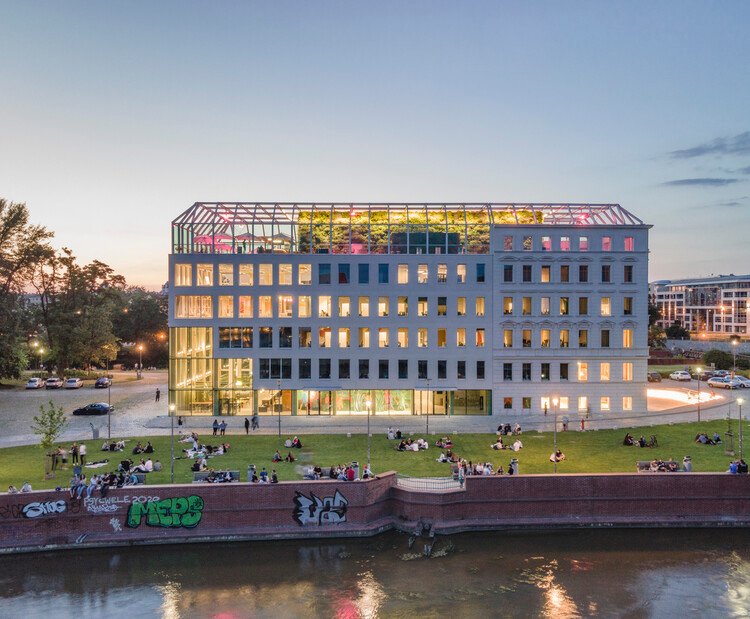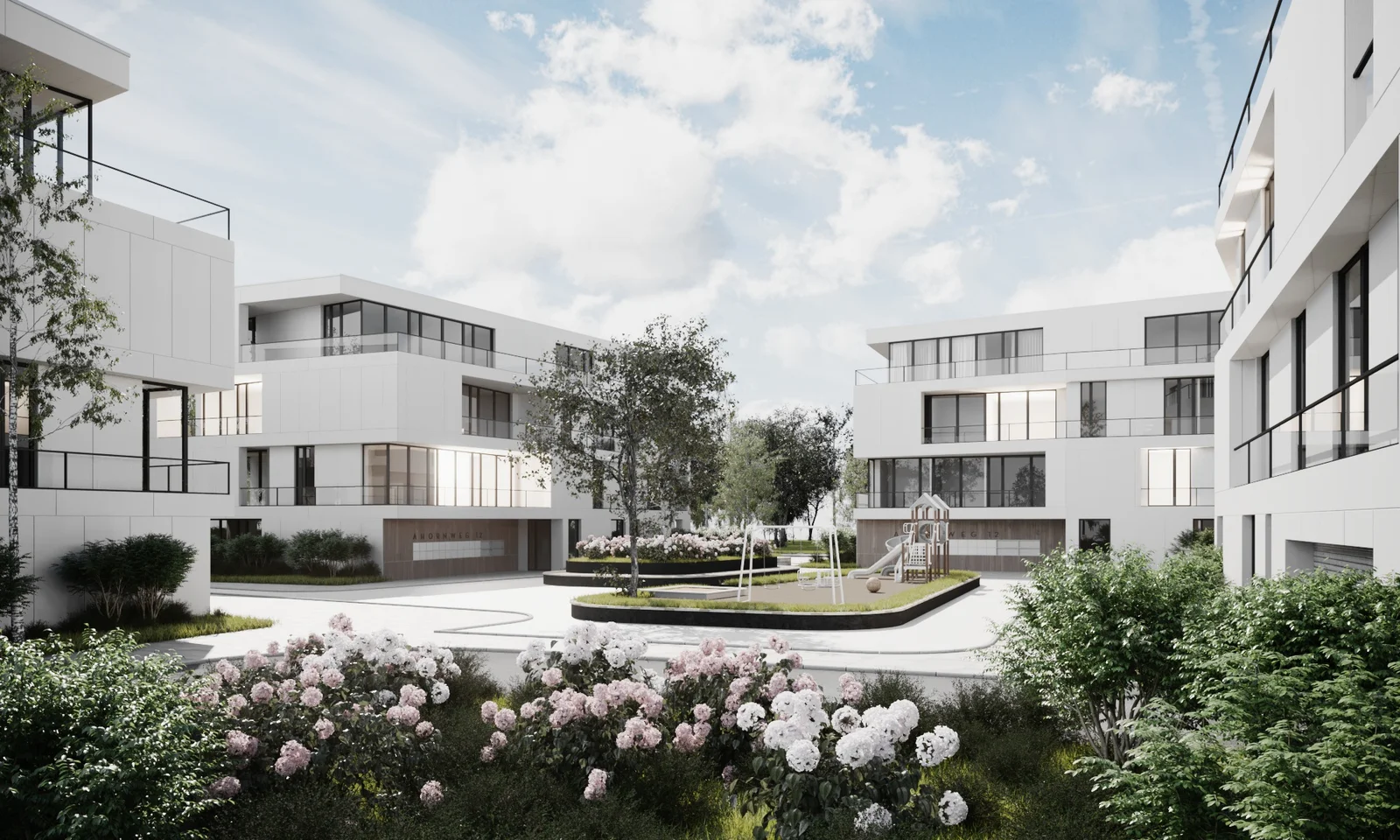How Vegetation can be Realistically Integrated into 3D Renderings
As 3D rendering technology continues to evolve, one area that has seen significant advancements is the integration of vegetation into these renderings. Not only does this add a sense of realism to the renders, but it also brings the designs to life, creating a more engaging and immersive experience for viewers. In this blog post, we will walk you through how vegetation can be realistically integrated into 3D renderings.
The Importance of Realistic Vegetation in 3D Renderings
Adding realistic vegetation to your 3D renderings is not only aesthetically pleasing, but it is also crucial for the overall credibility of your designs. The vegetation serves as an essential part of the environmental context, contributing to the feeling of a living, breathing, 3-dimensional world. Let’s explore why realistic vegetation is such an important element in 3D renderings.
Enhancing the Visual Appeal
Realistic vegetation can significantly enhance the visual appeal of your 3D renderings. When done correctly, trees, shrubs, grass, and flowers can add a level of detail and complexity that makes the scene more visually interesting and pleasing to the eye. This can make your designs more engaging, capturing the viewer’s attention for longer periods of time.
Creating a Sense of Realism
Beyond just aesthetic appeal, realistic vegetation also contributes to the overall sense of realism in your 3D renderings. This helps to create a more immersive experience for viewers, allowing them to feel as if they are truly part of the world you’ve created. The inclusion of vegetation not only makes the environment feel more alive, but it also helps to establish scale, providing a reference point for the size of other elements in the scene.
Techniques for Integrating Realistic Vegetation into 3D Renderings
3D rendering is a complex process that requires a deep understanding of light, texture, and perspective. When it comes to integrating vegetation, more specific knowledge and techniques are needed. Here’s how vegetation can be realistically integrated into 3D renderings:
Use Detailed 3D Models
One of the most common methods is to use detailed 3D models of plants and trees. These models, which can be sourced or created, are meticulously designed to mimic the real-life appearances of various types of vegetation. Factors like leaf shape, bark texture, and branch structure are all taken into consideration.
Employ Procedural Generation
Procedural generation is a technique that uses algorithms to create complex 3D models. This technique can be used to create realistic vegetation by defining parameters such as the number of branches, the shape and size of the leaves, and the distribution of foliage.
Use Photogrammetry
Photogrammetry is a process that involves taking numerous photos of a real-life object and using software to create a 3D model based on those photos. This technique can be used to create highly realistic 3D models of vegetation that capture every detail.
The Importance of Lighting and Shadows in 3D Vegetation Rendering
Lighting and shadows play a significant role in the realism of 3D renderings, especially when it comes to vegetation. Here’s why:
Accurate Light Interaction
Light interacts with vegetation in unique ways. The way light shines through leaves, for instance, is different from how it interacts with solid objects. Understanding and replicating these interactions can significantly enhance the realism of 3D vegetation.
Realistic Shadows
Just as with light, the shadows cast by vegetation are unique. They are often softer and more diffused than shadows cast by solid objects. Correctly rendering these shadows can add depth and realism to the scene.
Enhancing Detail With Textures and Colors in 3D Vegetation Rendering
The final touch in creating realistic 3D vegetation is paying attention to textures and colors. Here’s how:
Texture Mapping
Texture mapping involves applying a texture to the 3D model of the vegetation. This texture, which is usually an image, is wrapped around the model to give it a more realistic appearance.
Color Grading
Color grading is the process of adjusting the colors in the scene to make them more realistic. This can involve tweaking the hue, saturation, and brightness of the colors to make them match the real-life colors of the vegetation.
By combining these techniques, one can create stunningly realistic 3D renderings of vegetation that can enhance any digital scene.In conclusion, integrating vegetation into 3D renderings is a crucial step in creating realistic and immersive digital environments. With the right techniques, tools, and understanding of plant anatomy and behavior, artists can create vegetation that truly mirrors reality. It’s a complex process that involves careful consideration of lighting, texture, color, and detail. However, the end result can enhance the believability and aesthetic appeal of a 3D scene immensely. As technology continues to evolve, the possibilities for realistic vegetation integration will only expand, opening up new avenues for artists and designers. Therefore, understanding how vegetation can be realistically integrated into 3D renderings is a valuable skill for any 3D artist or visual designer.







